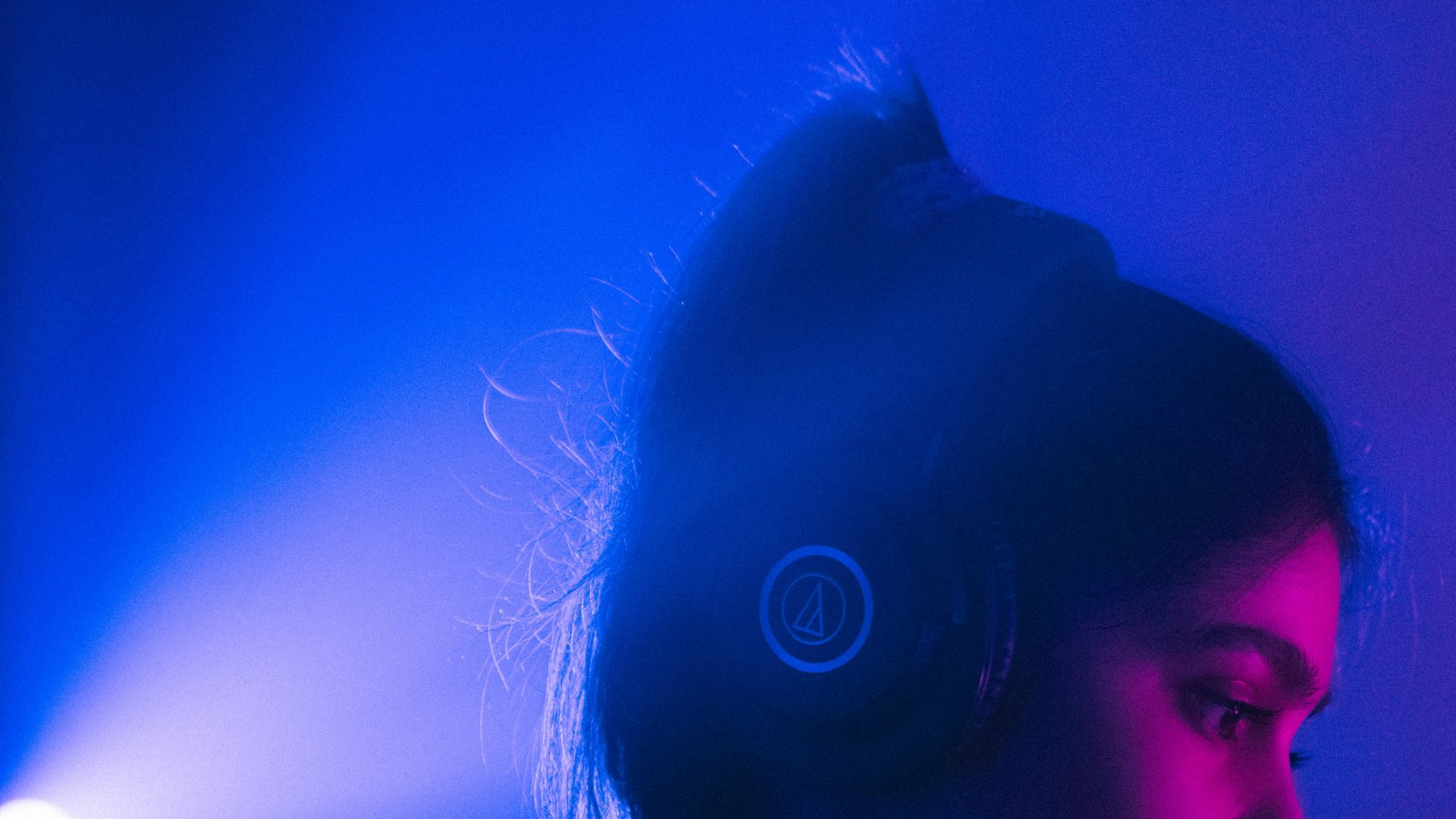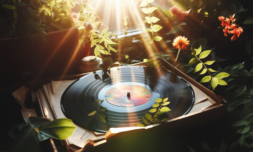Exposure to loud sounds on the rise
After familiarising myself with the data, I can rest assured that I’m not the only one who is regularly told by friends that I listen to my music way too loud.
Based on surveys conducted by the Medical University of South Carolina, at least 24 percent of people aged 12–35 are listening to music at unsafe levels in their free time.
That means 665 million people are at risk of losing their hearing ability from turning up their personal headphones too loud. If this is our standard listening level, it’s likely that many of us are already on our way to having impaired hearing.
People regularly attending loud entertainment venues are at further risk, as giant speakers spew out sound levels at 104–112 decibels on average. The research suggests that over 48 percent of young people, or 1.35 billion individuals, are damaging their ears by attending such gatherings.
It’s worth noting that the damage doesn’t just have to happen overnight. Hearing damage can worsen over the course of our lives, though you may experience your ears temporarily ringing after loud events.
Most scientists agree that regular exposure to loud noises at a young age makes individuals more vulnerable.
So besides rethinking the number of times we tap the ‘raise volume’ button on our smartphones and opting out of standing next to the speaker at bars or festivals, what will young people do if the damage is already done?
How will we cope?
Funnily enough, the solution to the problem might come straight from one of the original sources. This is because certain earbuds used for music can now double as devices that enhance hearing.
For example, Apple’s AirPods Pro can now elevate surrounding sounds and voices through specialised features such as ‘Live Listen’. Rather than using typical hearing aids, young people might resort to using the same technology that damaged their hearing in the first place to cope later on.
Framed inside the current cost-of-living crisis, the cost of AirPods Pro might see many people giving them a hard pass. Still, when compared to traditional hearing aids, which cost anywhere between £1.5–10K, they may be the more attractive option.
The good news is, technology is improving every day. It wouldn’t be a bad guess to say that numerous competitors will match Apple’s technology soon. Still, prevention is far better than adaptation.
Perhaps it’s time to assess our habits and face the noise.




















